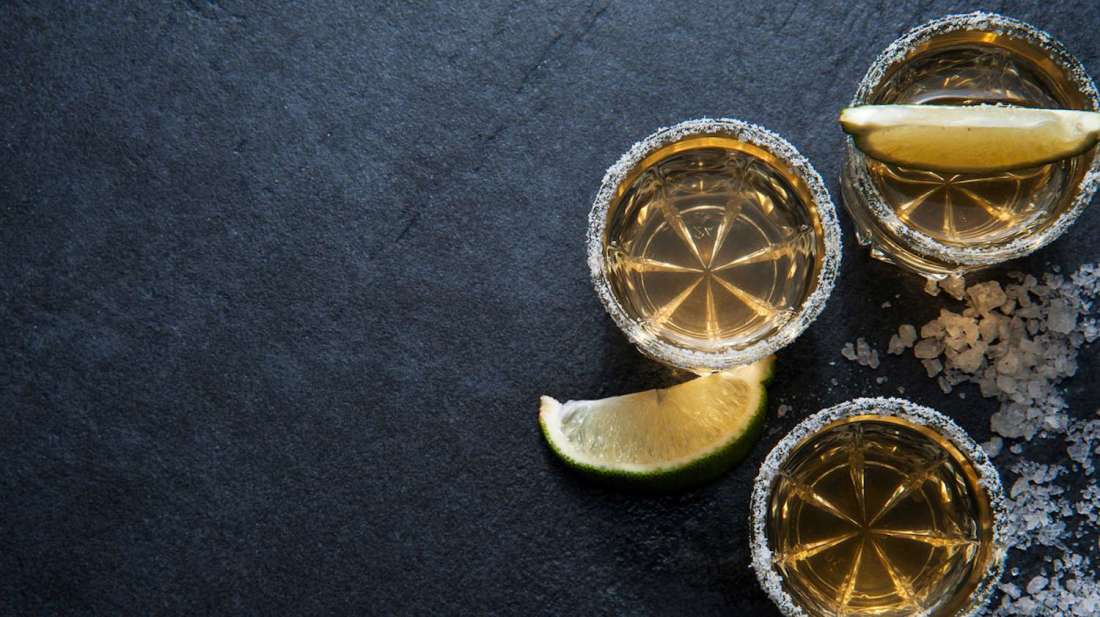As Guadalajara-based mixologist Andres Ismael Moran Gutierrez says of tequila, “sip to taste, shoot to waste,” though we don’t have to tell you that tequila is a spirit worth sipping slowly, neat or in a cocktail.
While you know the underlying difference between Blanco, Reposado and Añejo, there are so many more nuances to tequila. Here, industry experts offer key facts about the spirit.
Tequila must be made in Tequila
Just as Champagne is solely produced in the Champagne region of France, true tequila must be produced in the area surrounding the city of Tequila. Iliana Partida, a second-generation tequila producer and fifth-generation agave grower, puts it plain and simple: “There are a total of 181 counties in five states of Mexico, including the whole state of Jalisco, 30 counties in Michoacán, eleven in Tamaulipas, eight in Nayarit and seven in Guanajuato states,” Partida says. “Both agave farming and actual tequila production have to be done within these counties.”
Tequila flavor varies tremendously by area
An enormous variety of factors, including altitude and climate, can affect the agave crop. “The flavor of tequila can be impacted by many factors—the agave, water, local micro-climate and microbiology, fermentation base and distillation process,” says Partida. It can also be affected by where the agave is grown; the highlands produce sweeter and more fruity flavors, while the lowlands (Amatitan and Tequila Valley) produce a more earthy, herbal flavor. The maturity of the actual agave is also another factor; more mature agaves produce a sweeter must and flavor.”
Jimadors are the real MVPs of tequila
Harvesting agave is no simple task, as it’s all done by hand. “To be a jimador takes an extraordinary amount of strength and skill,” says Barry Augus, the CEO of Tres Agaves. “A seasoned jimador can harvest and trim the pencas off approximately 125 to 175 plants a day—over one ton of agave.”
more on foodandwine.com




